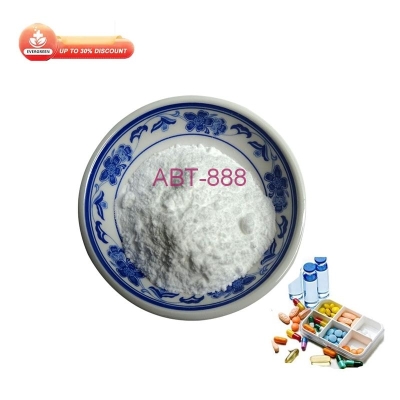-
Categories
-
Pharmaceutical Intermediates
-
Active Pharmaceutical Ingredients
-
Food Additives
- Industrial Coatings
- Agrochemicals
- Dyes and Pigments
- Surfactant
- Flavors and Fragrances
- Chemical Reagents
- Catalyst and Auxiliary
- Natural Products
- Inorganic Chemistry
-
Organic Chemistry
-
Biochemical Engineering
- Analytical Chemistry
- Cosmetic Ingredient
-
Pharmaceutical Intermediates
Promotion
ECHEMI Mall
Wholesale
Weekly Price
Exhibition
News
-
Trade Service
The production process of Atomoxetine Related Compound C (10 mg) (N-methyl-3-phenyl-3-(p-tolyloxy)propan-1-amine hydrochloride) involves a series of chemical reactions and steps that convert raw materials into the final product.
In the chemical industry, the production process is a critical factor in ensuring the quality and consistency of the final product.
The following is a detailed overview of the production process of Atomoxetine Related Compound C (10 mg).
Step 1: Preparation of the starting material
The production process of Atomoxetine Related Compound C (10 mg) begins with the preparation of the starting material.
The starting material in this case is a mixture of N-methyl-3-phenyl-3-(p-tolyl)propanamine and hydrochloric acid.
This mixture is a solid that is used as the starting material for the subsequent reactions.
Step 2: Condensation reaction
The next step in the production process of Atomoxetine Related Compound C (10 mg) is a condensation reaction.
In this reaction, the N-methyl-3-phenyl-3-(p-tolyl)propanamine is reacted with hydrochloric acid to form N-methyl-3-phenyl-3-(p-tolyl)propan-1-amine.
This reaction is carried out in the presence of a solvent such as dichloromethane.
Step 3: Hydrolysis
The next step in the production process of Atomoxetine Related Compound C (10 mg) is hydrolysis.
In this step, the N-methyl-3-phenyl-3-(p-tolyl)propan-1-amine is treated with water to form N-methyl-3-phenyl-3-(p-tolyl)propan-1-amine hydrochloride.
This reaction is carried out in the presence of a solvent such as ethanol.
Step 4: Purification
The final step in the production process of Atomoxetine Related Compound C (10 mg) is purification.
In this step, the N-methyl-3-phenyl-3-(p-tolyl)propan-1-amine hydrochloride is purified to remove any impurities that may have been introduced during the previous steps.
This is typically done by using a solvent such as ethyl acetate to extract the impurities and then evaporating the solvent to leave a pure sample of Atomoxetine Related Compound C (10 mg).
Overall, the production process of Atomoxetine Related Compound C (10 mg) involves a series of chemical reactions and steps that convert the raw material into the final product.
Each step in the process is carefully designed and executed to ensure the quality and consistency of the final product.
The end result is a high-quality, pure sample of Atomoxetine Related Compound C (10 mg) that is used in a variety of applications in the pharmaceutical industry.







